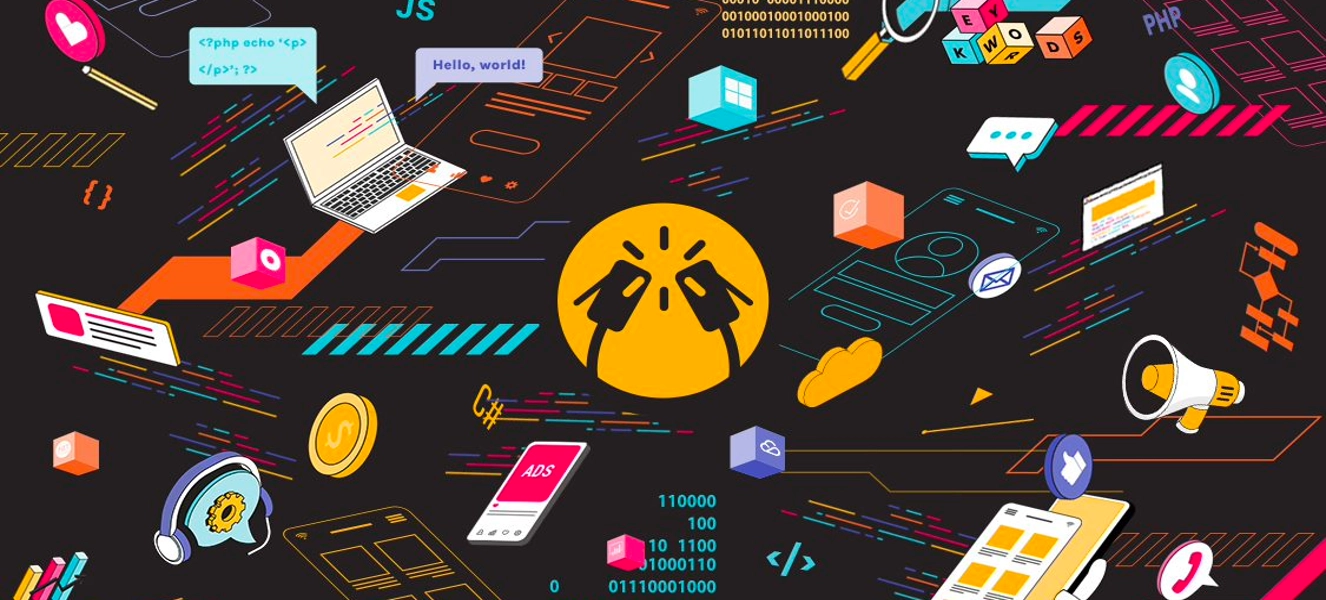In a highly competitive digital market today, it is important to foresee changes and learn how to adapt to them. Let’s take a look at this year’s top web development trends.
1. Progressive Web Apps (PWAs)
Progressive web apps (PWAs) in their latest iteration will most likely replace web apps for good. In a nutshell, PWA is a website but offers functionality traditionally available to native apps such as offline access, push notifications, and hardware access. Alibaba, Forbes, The Washington Post, Twitter, and Virgin America are some of global businesses that have already leveraged PWA benefits.
In 2019, mobile devices are the top choice for 65% of online shoppers when checking out items from a website. With PWA, users can visit their favorite websites on a mobile web browser or desktop even without downloading specific apps or computer programs.
2. Artificial Intelligence Chatbots
In 2021, AI chatbots are expected to become more self-learning and more sophisticated to match users’ needs and behavior. Using information retrieval techniques, natural language processing, and machine learning, 24/7-operating AI chatbots can perform faster operations using voice or text chats to answer frequently asked questions, collect relevant data, and solve common issues. This will enable companies to provide customers with more seamless digital experiences.
Many prominent B2C organizations – Skype, WhatsApp, and Facebook Messenger – are using AI chatbots to serve their customers. This technology can also be integrated into a regular website, home device, PWA, or any Internet-connected app developed by a commercial company.
3. Accelerated Mobile Pages (AMP)
The main goal of Accelerated Mobile Pages (or AMP) is to speed up page performance and minimize the risk of users leaving the site. AMPs don’t have all the features of full-scope web products; however, these are optimized pages with a simplified and convenient design, minimal to zero lag time, and with mobile-friendly content.
4. Single Page Application (SPA)
Single-page applications (SPAs) are JavaScript-based web applications that aim to provide seamless server communication, high data protection level, and better page performance. SPAs load individual HTML pages in a user’s browser and make content updates as dynamic as possible without refreshing the entire page.
Facebook, Twitter, and Google all leverage SPAs not only because of its cost-effectiveness and user-friendliness but more importantly, this technology provides information efficiently on a single page and consumes less space on servers.
5. Optimized Voice Search
Smart virtual assistants like Siri and Alexa, according to an analysis by Rand View Research, are forecasted to continue to grow rapidly to meet rising consumer demand. By 2022, more than 50% of homes around the world will have voice assistants. Optimized voice search will rule search engine results pages (SERPs) which will lead companies to tweak their content strategy for voice search in 2021 and beyond.
6. Motion IU
MotionUI is a front-end framework for building fully responsive websites and mobile applications. This technology enables developers to make an element bounce, slide, spin, and more. Motion UI makes utilizing digital products usage clearer and more intuitive thanks to custom animation integration and CSS transitions with a plethora of animated elements.
7. Serverless Architecture
Serverless architecture runs on cloud technology to build and manage code for virtually any type of application or backend service with zero administration. According to data from Grand View Research, the global serverless architecture market is projected to have almost $20 billion market value by 2025. Microsoft and Google are some of global companies using and providing serverless architecture.
8. API-First Development
API (Application Programming Interface software) is a set of instructions, requirements, or standard that enables apps to integrate features/services of another app, platform, or device for better services.
API-first development always prioritizes the needs of the user. Using web APIs, development teams can accomplish key tasks even when users access the website. This increases delivery speed and reduces development costs.
9. GDPR and Cybersecurity
Cybersecurity is the practice of securing data, networks, and computers from exploitation. By 2024, there is a projected $300 billion revenue from the cybersecurity industry. This will be made possible due to the continued automation of routine operations using Internet-connected devices – and the urgent need to protect data from being stolen, corrupted, or lost.
The number of distributed denial of service (DDoS), according to Cloudfare, has nearly doubled each quarter in 2020. With such an alarming increase in cyberattacks, one of the top web development trends in 2021 is to increase protection of company and customer data.
10. No Code/ Low Code Development Experience
Low code or no code products are favored by more than 50% of developers because of its ease of use and low learning curve, according to research firm Forrester. By 2024, low code platforms will be used for at least 65% of the application development.
Looking for a tech partner? ClinkIT Solutions can help you stay on top of web development trends and ensure your website is consistently attracting and delighting your visitors. Request for FREE consultation today.



